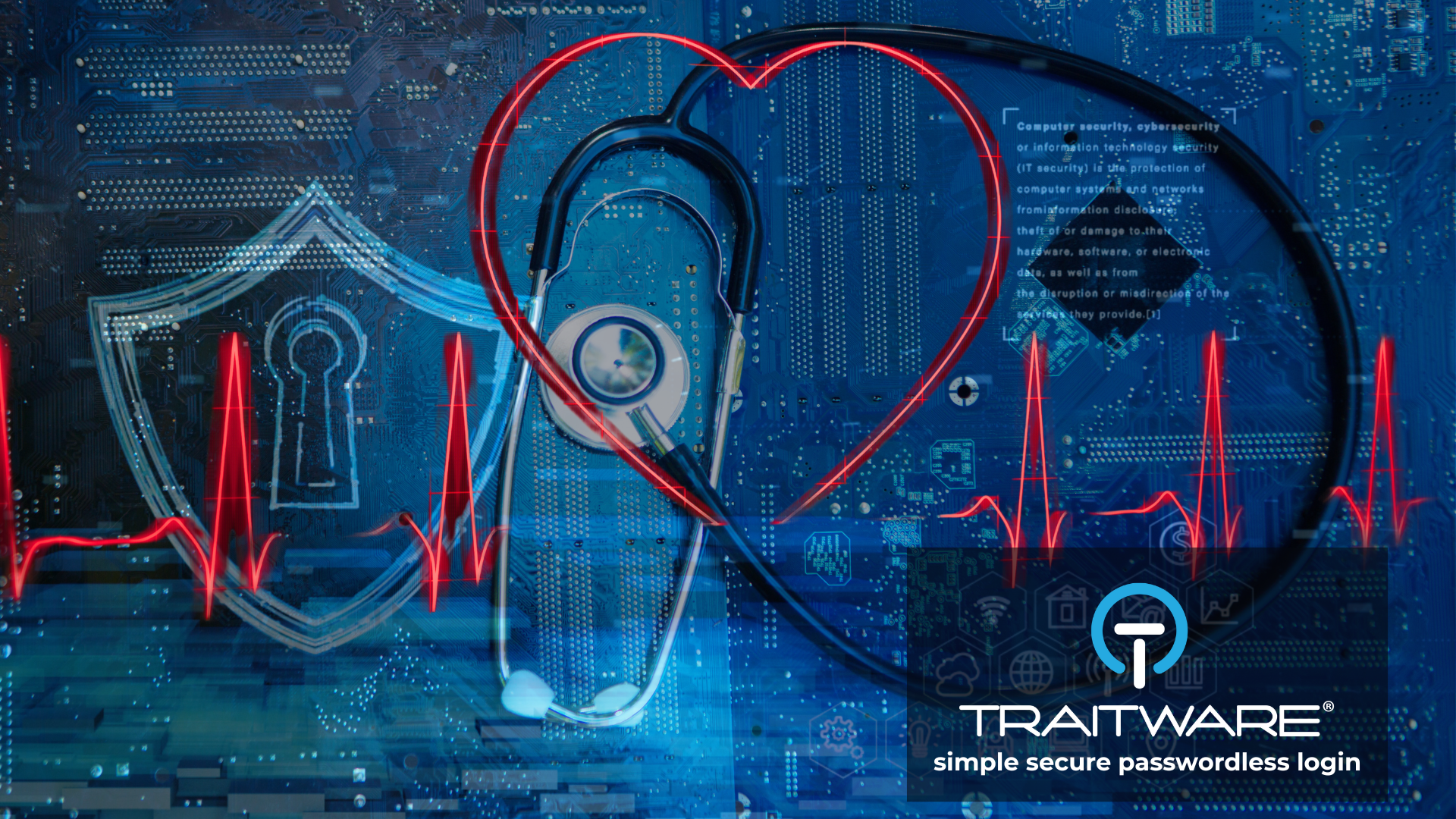Why Proactive Security Matters
The principle that “prevention is better than cure” holds true across many fields, but it is especially relevant in cybersecurity and risk management. As organizations face increasingly complex threats, the advantages of a prevention-first approach become clear.
In today’s digital landscape, companies of all sizes face relentless cyber threats. While vulnerability assessments and detection tools are crucial, focusing solely on identifying weaknesses is not enough. Companies must actively prevent cyberattacks and build a robust security posture to protect their operations, reputation, and bottom line.
The High Cost of Poor Security Posture
A weak cybersecurity posture exposes organizations to significant risks. The immediate aftermath of a breach often includes customer churn, lost revenue, and a decline in new business. Operational disruptions, increased costs for emergency remediation, and the need for external specialists can further erode profitability. For many, these impacts can be catastrophic, leading to lasting reputational damage and even business closure.
Limitations of “Pointing to Weaknesses”
Many organizations rely on vulnerability scanning and detection solutions to highlight potential issues. While these tools are valuable, they have critical limitations:
- Static Snapshots: Vulnerability scans represent a single moment in time. With constantly changing IT environments, new vulnerabilities can emerge between scans.
- Alert Overload: Scans often generate thousands of alerts, many of which are low priority or false positives. This can overwhelm security teams, causing alert fatigue and increasing the risk of missing real threats.
- No Context on Exploitability: Not all vulnerabilities are equally dangerous. Many tools fail to assess which weaknesses are actually exploitable, leading to wasted effort on low-risk issues while critical threats remain unaddressed.
Why Prevention and Resilience Matter Most
Modern cybercriminals are organized, well-funded, and persistent. The scale and sophistication of attacks mean that no company can detect and patch every vulnerability in time. Instead, organizations must:
- Minimize Attack Surfaces: Eliminate unnecessary access and privileges. The fewer pathways available to attackers, the less damage they can inflict if they breach your defenses.
- Assume Breach, Build Containment: Accept that some attacks will succeed. Focus on rapid detection, containment, and response to limit the impact of any breach.
- Invest in Resilience: Treat cybersecurity as a core business function, not just an IT issue. Ensure that business operations can continue-even during an incident-by backing up data, segmenting networks, and planning for recovery.
Proactive Steps for Prevention
To truly protect against cyberattacks, companies should adopt a multi-layered, proactive approach:
- Implement strong authentication and access controls (e.g., multi-factor authentication, least privilege).
- Keep software and systems updated with timely patch management.
- Educate employees on cybersecurity best practices and phishing awareness.
- Use firewalls, endpoint protection, and encryption to secure networks and sensitive data.
- Regularly back up critical data and test restoration procedures.
- Continuously monitor for new vulnerabilities and emerging threats.
Avoiding the Pitfalls of Complacency
Relying only on detection tools can create a false sense of security. Cybersecurity is not a one-time project; it requires ongoing vigilance, regular updates, and a culture of security awareness across the organization. Human error, outdated systems, and evolving threats mean that prevention and resilience must be continuous priorities.
Summary Table: Prevention vs. Detection-Based Security
| Advantage | Preventive Security | Detection-Based Security |
|---|---|---|
| Risk Reduction | Eliminates vulnerabilities before attack | Responds after breach occurs |
| Cost | Lower long-term costs | Higher post-incident costs |
| Operational Complexity | Simpler, less specialized skills needed | Requires advanced expertise |
| Compliance & Reputation | Supports compliance, builds trust | Limited to post-incident |
| Business Continuity | Minimizes downtime and disruption | May suffer outages |
| Competitive Advantage | Demonstrates strong security posture | Less visible to customers |
| Adaptability | Proactively adapts to new threats | Reacts to detected threats |
Conclusion
While detection and response are vital components of a comprehensive security strategy, prevention remains the most effective and cost-efficient way to manage risk. Stopping threats before they materialize protects organizations from the significant financial, operational, and reputational damage that comes with a reactive “cure” approach. In cybersecurity, as in health, an ounce of prevention truly is worth a pound of cure.
For more information about TraitWare’s Proactive Approach to Cybersecurity with Phishing-Resistant Passwordless Multi-Factor Authentication (MFA) for Zero Trust Access, contact us at any time!
